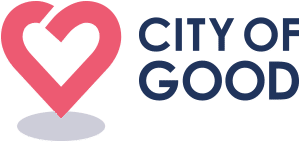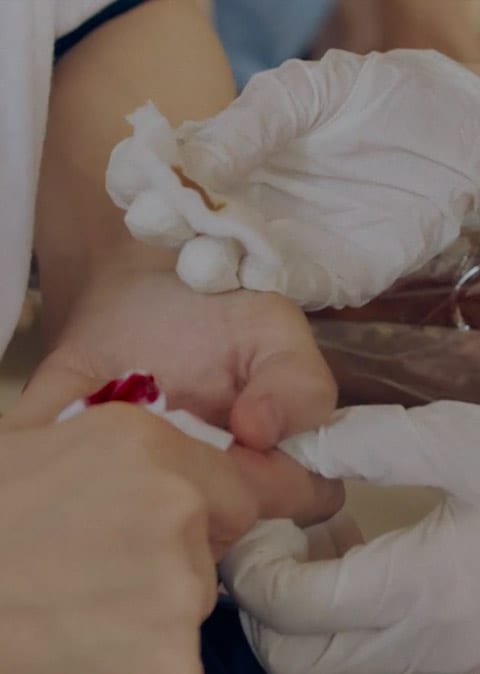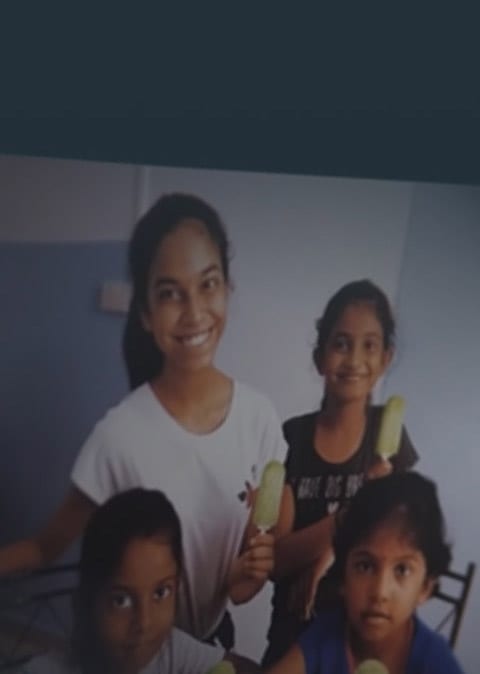Since 2000, the Individual Giving Study has guided non-profit organisations, government, community partners and the wider society to better understand the state of individual giving in Singapore. The following report is based on the 10th edition of the study
Key findings
1. While there was a decline in volunteerism and donation rate, the giving landscape is showing promise despite of the COVID-19 pandemic. Over 1 in 2 individuals state that they were likely to donate or volunteer in the future. There were also more frequent and consistent donations.
In the past 12 months, 60 percent donated (-19% vs 2018) while 22 percent volunteered (-7% vs 2018).
While financial implications affected giving, individuals who were only affected personally or at work by COVID-19 have donated and volunteered more often compared to those not affected (negatively), highlighting the desire to give even amidst COVID-19 setbacks.
Giving rates may pick up in the future with 7 in 10 respondents reporting they were likely to donate in the future and 1 in 2 reporting they were likely to volunteer in the future.
There was an increase in weekly donations (3%) and monthly donations (20%), indicating a rise in more committed and consistent donations.
2. While offline channels remain the main method to give, online giving has seen a substantial increase. There is a need to cater to digital giving by enhancing virtual volunteering and online donation channels. There is opportunity to boost digital giving and anticipate shift towards hybrid giving.
In 2021, 37 percent of respondents signed up for volunteering online (+29% vs 2018) and 43 percent of respondents donated through online channels (+37% vs 2018).
Navigating a post-COVID world will require supplementary efforts to boost digital giving. As we continue into an endemic state of living, organisations should also anticipate a shift towards hybrid giving where online and offline outreach initiatives will work in tandem to accelerate the recovery of giving.
3. Acceleration in informal individual and community-led giving initiatives. There is a need to sustain informal giving while exploring opportunities to encourage other ways of giving.
Both volunteerism and donations saw an 11% increase in informal giving. Many were also engaged in micro acts of giving, with 7 in 8 respondents doing so.
There is room to promote partnerships between NPOs and ground-up groups to ensure sustainability of both formal and informal giving. Organisations can also explore untapped opportunities to increase giving through donations-in-kind, point-of-sale giving, and product marketplaces.
4. Givers are more welfare-focused than before with a 10% increase in donations and volunteerism to the social service sector. It is important to aid in the recovery of less-supported sectors.
There was an 8% increase in volunteering with the social service sector, with 3 in 10 respondents doing so. The education and religious sector saw the largest decline of 17% and 15% respectively in volunteering rates.
A 2% increase in donating towards the social service sector was also observed, with 2 in 10 respondents doing so. The education sector saw the largest decrease of 14% in donation rates.
Efforts need to be made to aid in the recovery of less-supported sectors by promoting the needs of less popular causes, managing donor and volunteer flows and engaging communities in collaboration initiatives.



















